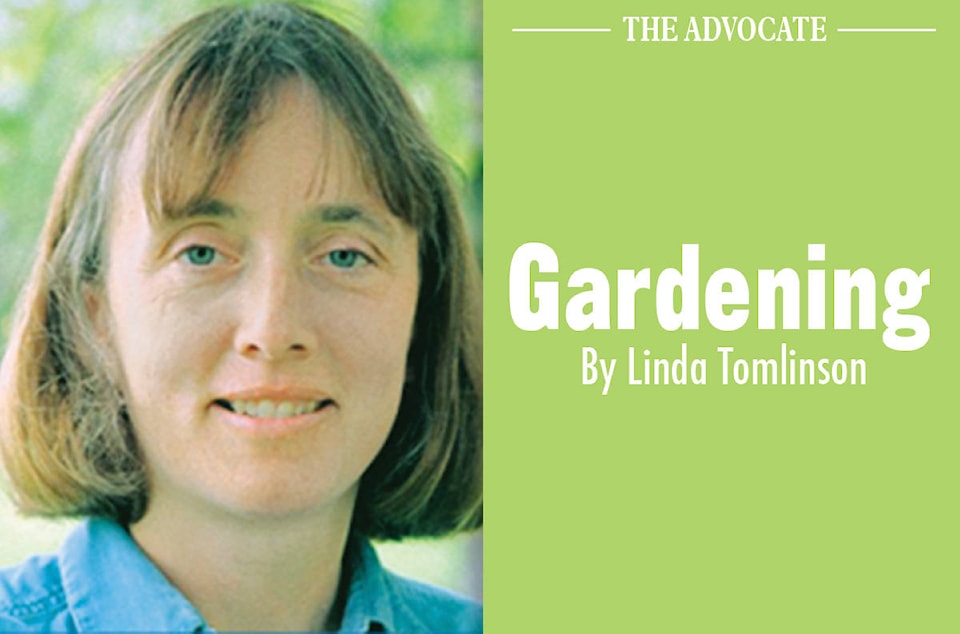At this time of year it is easy garden and flower seeds are found in stores, from catalogues and online. For many the question is not if they should purchase seeds, but how many should be bought.
Choose seeds that have similar cultural requirements especially light and heat as these are hard vary unless there is more than one growing area. Limit the number of plants being grown to what will fit in the light that is available. Plants grown in low light either die or become thin, straggly plants.
Grow lights, florescent or LED both provide a full spectrum of light for the plants to thrive. Regular florescent work but with poorer results. When using lights keep them as close as possible to the plants to encourage thicker stems and slower growth. If placing plants in a window, turn them on a regular basis to encourage the plants to grow upwards.
It is hard to regulate the temperature when growing under florescent lights or in a window. Plants growing in a too warm environment grow tall fast but have weak stems. Keep the area too cold and the plant will be sturdy but stunted.
Sterilized equipment and soil make a huge difference in the success rate of seedlings. Most soil available through stores is soilless which is less likely to harbour bacteria than mixtures that contain soil. Potting mixes contain peatmoss and vermiculite/perlite combinations. If nutrients are added they will be specified on the container.
Soilless mixes contain few nutrients. For the plants to thrive they need a constant source of nutrients. Purchase a well-rounded fertilizer that contains micronutrients and follow the instructions on the package. Both natural and chemical fertilizers are taken up by plants.
One of the biggest mistakes people make when starting bedding-out-plants is to plant them too early thinking bigger is better. Starting the seeds too early results in overgrown plants that are rootbound and or huge. Root masses that fill the sides of the pot need to be cut apart to encourage the plant to grow into surrounding soil. Plants can be transplanted into larger pots but transplanting a huge plant is difficult and can result in a damaged plant.
On the other hand, planting late means that the plants will be small when they are planted out and will take longer to reach their potential. In a short season it could mean that the plants are just reaching their prime when the first frost warning is announced.
The information on the seed package should include how many days or weeks they should be planted before the usual transplant date. Take the day plants are usually set out in the garden and count backwards on the calendar to determine the best time to plant.
Transplant days differ due to location and if the plants are given frost protection. Another alternative is to look up a planting chart on line. There are a number of them available be sure that the one chosen is for Central Alberta. The following is a link to BALL Seeds have been supplying seeds to growers for over a century. https://www.ballseed.com/PDF/15539_PIG_ENG_BSC_LR.pdf
It is very easy to over plant. Decide how many plants are needed and plant 10 % more, allowing for some plant loss. Keep the extra seeds in a cool dry place to be used next year. With the exception of onions and parsnips seeds are viable for a number of years.
Economically speaking it makes sense to plant seeds where a large amount of one variety is needed as opposed to small bunches of many different types of seeds. The cost of seed is high often making it more economical to purchase 4 or 6 plants as opposed to buying seeds and growing them.
Take time before buying garden seeds to plan a garden. A plan makes it easier to purchase the correct type and number of plants.
Linda Tomlinson is a horticulturalist that lives near Rocky Mountain House. She can be reached at your_garden@hotmail.com
